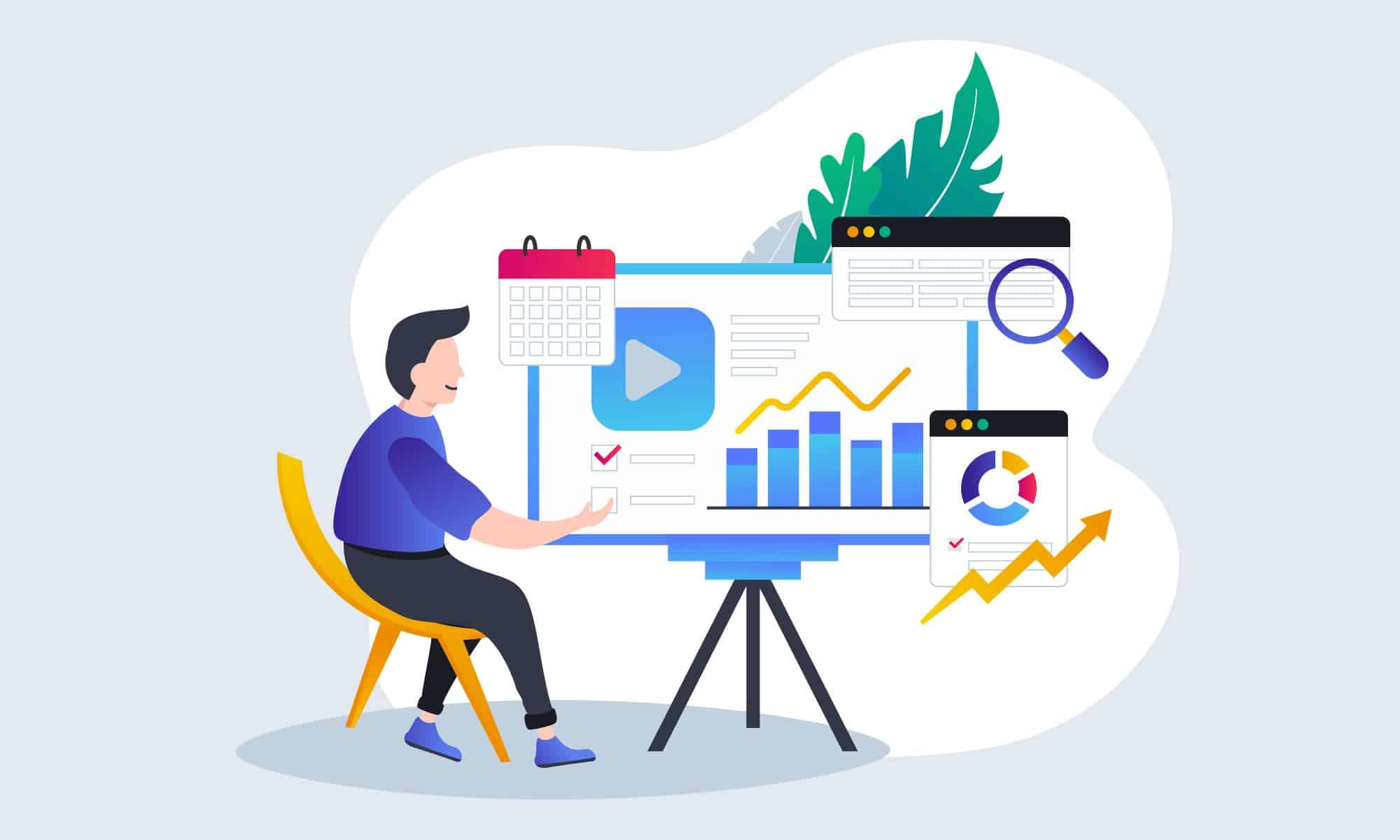This article will explore the use of big data and analytics in education. It will discuss how educational institutions can use data to improve student outcomes, enhance teaching practices, and make informed decisions. It will also examine the potential benefits and challenges of using big data in education and provide examples of successful implementations.
Big data and analytics have become increasingly important in various industries, including education. Educational institutions have access to vast amounts of data, including student performance, attendance records, and demographic information.
By analyzing this data, institutions can gain valuable insights into student learning, identify areas for improvement, and make informed decisions about teaching practices and curriculum development.
However, the use of big data and analytics in education is not without its challenges. Ensuring data privacy and security is a top concern, as is the potential for data to be misused. Despite these challenges, the potential benefits of using big data in education are significant and can ultimately lead to improved student outcomes.
What are big data and analytics in education?

Big data in education refers to the large amounts of data that educational institutions collect and analyze to gain insights into student learning, teacher practices, and institutional operations. Analytics involves the use of statistical analysis and machine learning algorithms to identify patterns and trends in the data.
How are big data and analytics used in education?
Educational institutions use big data and analytics to make informed decisions about teaching practices, curriculum development, and institutional operations. Data can be used to identify areas where students are struggling and develop interventions to support their learning. Analytics can also be used to identify high-performing teachers and replicate their practices across the institution.
Benefits of using big data and analytics in education
The use of big data and analytics in education has several potential benefits, including improved student outcomes, more effective teaching practices, and better decision-making. By analyzing data, institutions can identify areas for improvement and develop targeted interventions to support student learning.
Challenges of using big data and analytics in education
Ensuring data privacy and security is a top concern when it comes to using big data in education. Institutions must also ensure that data is used ethically and not misused for discriminatory purposes. In addition, there is a risk of data overload, where institutions are unable to effectively analyze and utilize the vast amounts of data available.
Examples of successful implementations of big data in education
Several educational institutions have successfully implemented big data and analytics in their operations. For example, the University of California, Riverside, used analytics to identify which students were at risk of dropping out and developed targeted interventions to support them. Similarly, the New York City Department of Education uses data to monitor teacher attendance and identify high-performing teachers.
Using big data and analytics to improve student outcomes
One of the primary benefits of using big data in education is the ability to improve student outcomes. By analyzing data, institutions can identify areas where students are struggling and develop targeted interventions to support their learning. For example, if data shows that students are consistently struggling with a particular concept, teachers can adjust their teaching practices to address this issue.
Using big data and analytics to enhance teaching practices
Big data and analytics can also be used to enhance teaching practices. By analyzing data on teacher performance, institutions can identify high-performing teachers and replicate their practices across the institution. This can ultimately lead to more effective teaching practices and improved student outcomes.
Using big data and analytics to make informed decisions
Big data and analytics can also be used to make informed decisions about teaching practices, curriculum development, and institutional operations. For example, if data shows that students are struggling with a particular subject, administrators can allocate resources to support teachers in this area.
Ensuring data privacy and security
Ensuring data privacy and security is a top concern when it comes to using big data in education. Educational institutions must ensure that student data is protected and used ethically. This includes implementing strong data protection policies and ensuring that staff is trained on data privacy and security best practices. Additionally, institutions must comply with laws and regulations such as the Family Educational Rights and Privacy Act (FERPA) and the General Data Protection Regulation (GDPR) in order to protect student privacy.
The future of big data and analytics in education

The use of big data and analytics in education is still in its early stages, but it has the potential to transform teaching and learning. As technology continues to evolve, educational institutions will have access to even more data and more sophisticated analytics tools. This will allow institutions to gain even deeper insights into student learning and to develop more targeted interventions to support student success.
Conclusion
The use of big data and analytics in education has the potential to improve student outcomes, enhance teaching practices, and make informed decisions about teaching and institutional operations. However, there are also significant challenges, including ensuring data privacy and security and avoiding data overload. As educational institutions continue to adopt big data and analytics, it will be important to strike a balance between utilizing the vast amounts of data available and ensuring that data is used ethically and responsibly.





